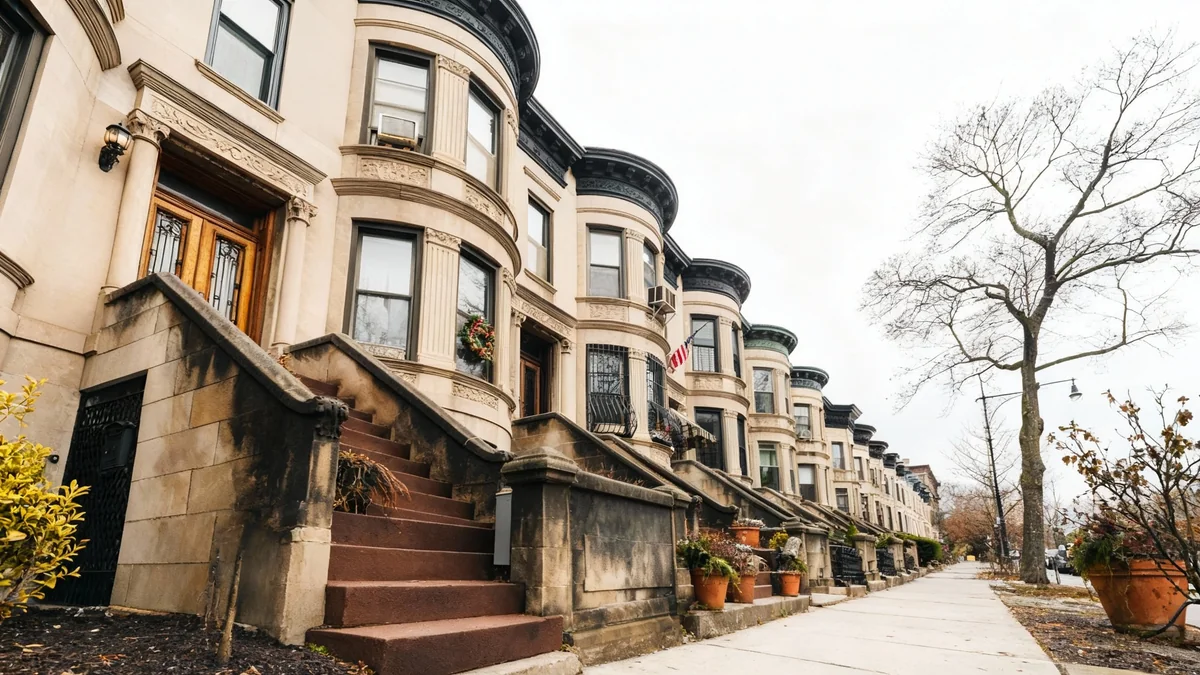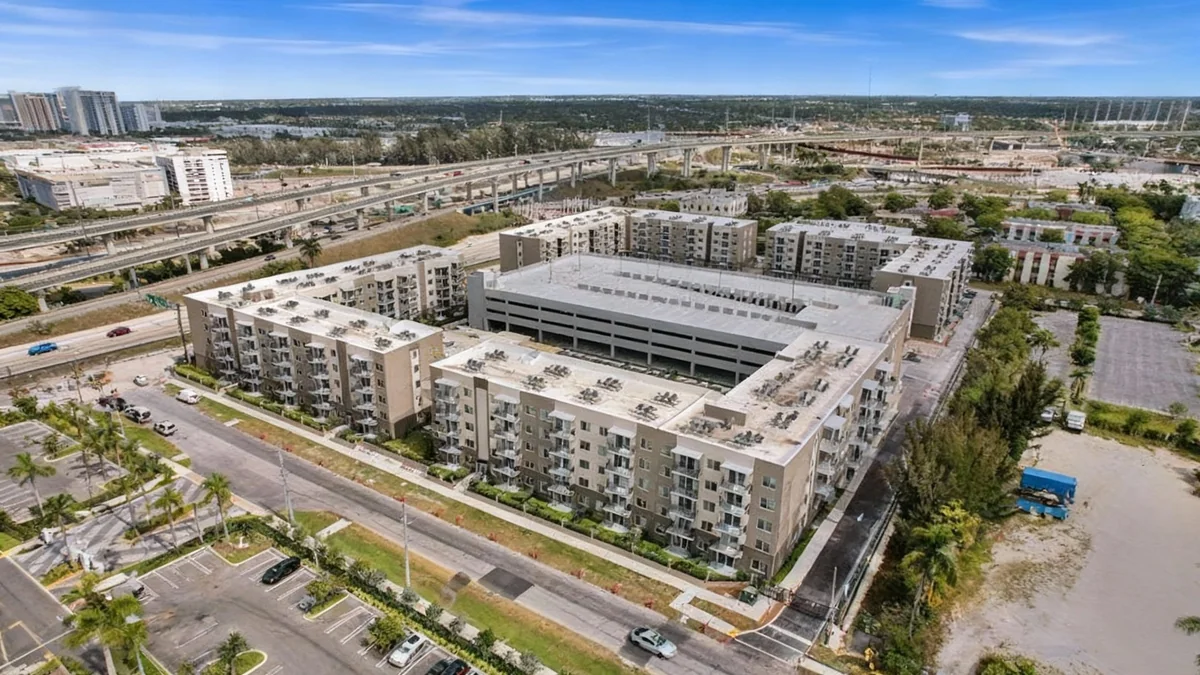The U.S. Supreme Court issued a landmark 6-3 decision today, significantly narrowing the scope of eminent domain for private development projects. The ruling in Fulton v. City of Northwood redefines the interpretation of the Fifth Amendment's "public use" clause, potentially shifting the balance of power from developers and municipalities back to private property owners.
The decision holds that economic development alone, such as increasing tax revenue or creating jobs, does not constitute a sufficient "public use" to justify seizing private property. This ruling could halt numerous ongoing and planned redevelopment projects across the country that rely on eminent domain.
Key Takeaways
- The Supreme Court ruled 6-3 in Fulton v. City of Northwood, restricting the use of eminent domain for private economic development.
- The decision states that generating tax revenue or jobs is not, by itself, a sufficient "public use" under the Fifth Amendment.
- This ruling directly challenges the precedent set by the 2005 case Kelo v. City of New London.
- The decision is expected to have immediate and widespread effects on urban redevelopment projects and municipal planning nationwide.
The Core of the Fulton v. Northwood Decision
The case centered on a group of homeowners in Northwood, a fictional Midwest city, whose properties were slated for seizure to make way for a large mixed-use development. The project, backed by a private corporation, promised substantial job creation and a significant increase in the city's tax base.
Writing for the majority, Chief Justice Roberts stated that the original intent of the Takings Clause was to allow for public works like roads and schools, not to facilitate the transfer of property from one private owner to another for economic gain.
"While we recognize the importance of economic vitality, the Fifth Amendment does not permit the government to take property from A to give to B simply because B will put the property to a more economically productive use," the majority opinion reads.
This interpretation marks a significant departure from the broad deference given to legislatures in the 2005 Kelo v. City of New London decision, which affirmed that economic development could be considered a valid public use.
Revisiting the Kelo Precedent
The Fulton ruling is being widely interpreted as a direct response to the long-standing controversy surrounding the Kelo decision. That 5-4 ruling was one of the most contentious in modern Supreme Court history, sparking a nationwide backlash and leading many states to pass laws offering greater property rights protections.
Background: Kelo v. City of New London (2005)
In 2005, the Supreme Court held that the city of New London, Connecticut, could seize private homes for a comprehensive redevelopment plan. The court argued that the promised economic benefits, including jobs and increased taxes, qualified as a "public use." The decision was met with widespread public condemnation from across the political spectrum, with many viewing it as an infringement on fundamental property rights.
Legal experts suggest the Fulton decision does not explicitly overturn Kelo but severely curtails its application. According to Professor Anya Sharma of the Georgetown University Law Center, "The court has effectively drawn a brighter line. It's saying that the 'public benefit' cannot be purely speculative or secondary; it must be more direct. This puts the burden back on cities to prove a genuine public purpose beyond simple economic projections."
Immediate Impact on Developers and Municipalities
The consequences of the ruling are expected to be swift and far-reaching. Municipal governments that have historically used the threat of eminent domain to assemble land for large-scale private projects will now face significant legal hurdles.
By the Numbers: Eminent Domain Usage
According to a study by the Institute for Justice, over 10,000 properties were threatened or taken using eminent domain for private development in the five years following the Kelo decision. The new Fulton ruling is expected to drastically reduce this number.
Developers may now need to engage in more direct negotiations with property owners, likely resulting in higher acquisition costs and longer project timelines. Some industry groups have already voiced concern.
"This decision introduces a significant level of uncertainty into the urban redevelopment process," said Mark Ellison, CEO of the National Association of Real Estate Developers. "Many transformative projects that revitalize blighted areas may become financially unviable without the ability to efficiently assemble land parcels."
Cities will need to re-evaluate their long-term development plans and legal strategies. The focus may shift from large, single-developer projects to more incremental, community-based development that does not require property seizure.
What the Ruling Means for Homeowners
For property rights advocates and homeowners, the decision is a major victory. It provides a new layer of protection against what they have long described as government overreach and corporate favoritism.
The plaintiffs in the Fulton case celebrated the outcome. "This was never just about our homes; it was about the principle that you shouldn't be forced out of your property just because someone else has a more profitable idea for it," said lead plaintiff David Fulton in a statement.
The ruling empowers individual property owners in several key ways:
- Increased Bargaining Power: Homeowners in the path of development now have a stronger position to negotiate sales prices or refuse to sell.
- Stronger Legal Standing: Challenges to eminent domain actions based on economic development now have a clear Supreme Court precedent supporting them.
- Protection for Established Communities: The decision may help preserve the character of existing neighborhoods by making it harder to replace them with large-scale commercial developments.
However, the ruling is not a complete ban on eminent domain. Governments can still seize property for traditional public uses, such as infrastructure, public facilities, and to clear genuinely blighted properties that pose a public health and safety risk. The key change is the narrowing of what qualifies as a valid "public use" in the context of private enterprise.





